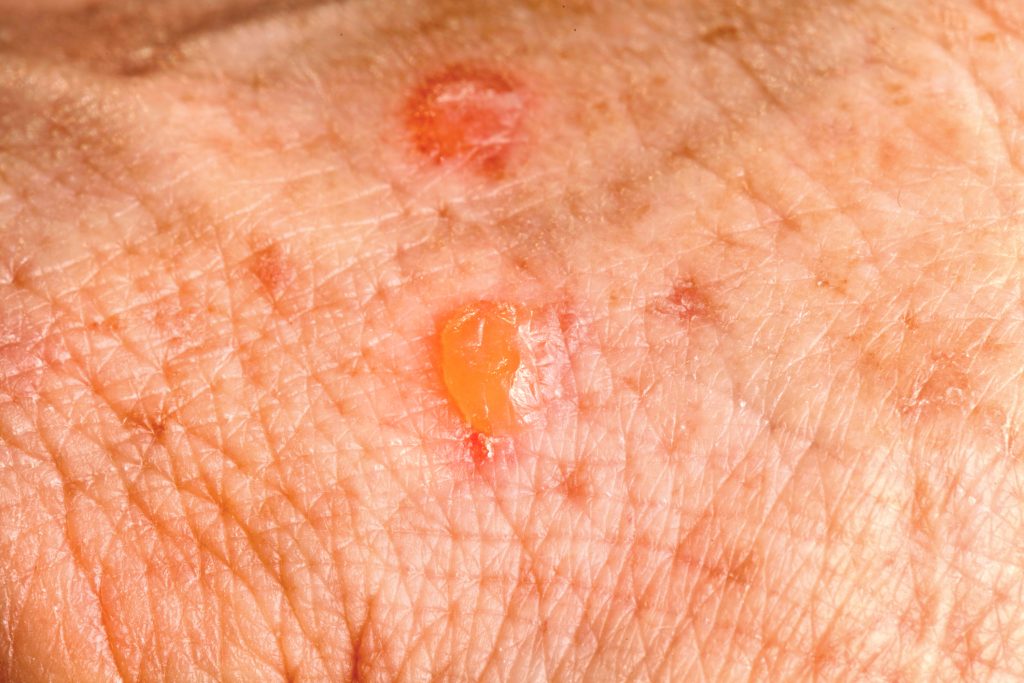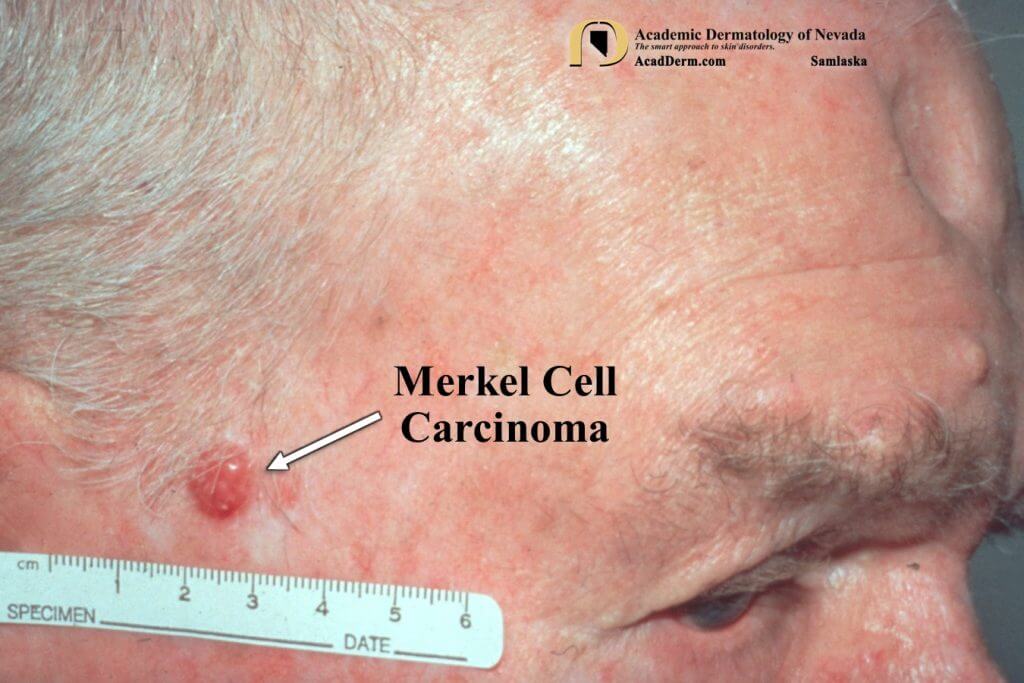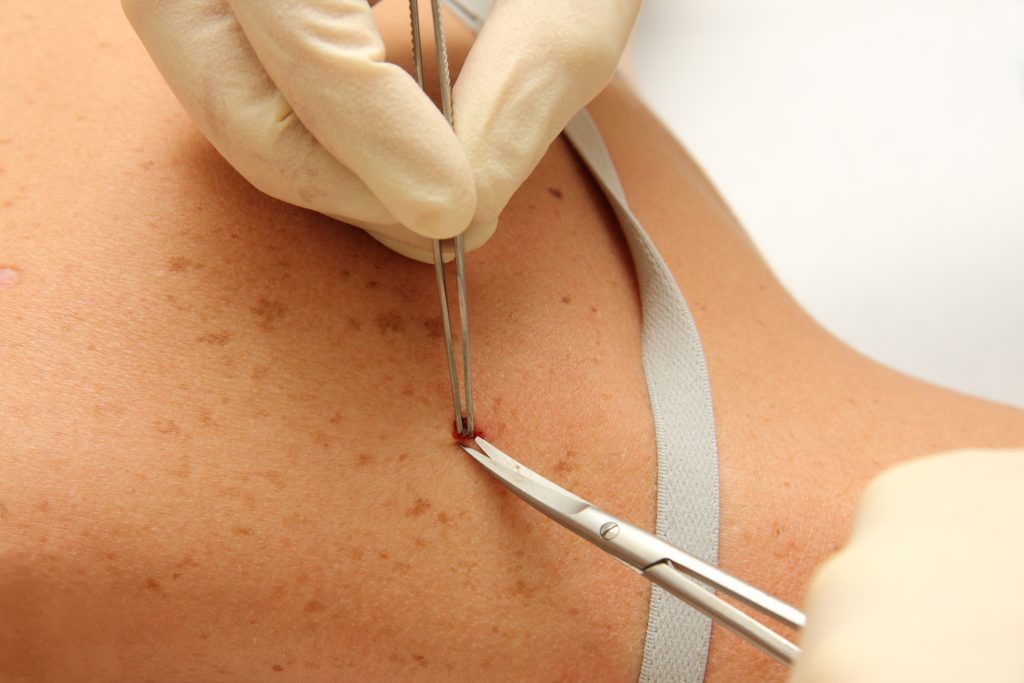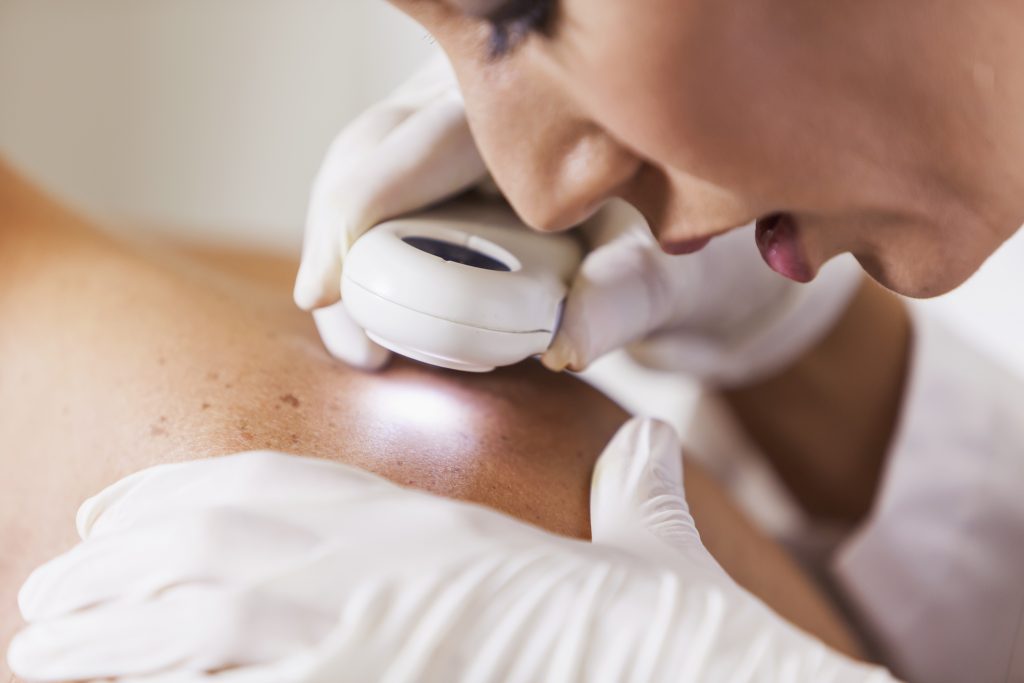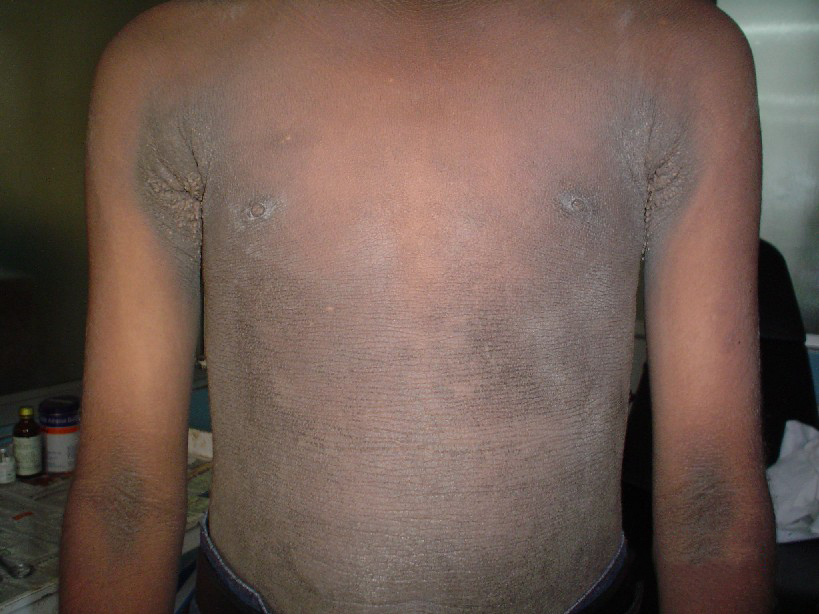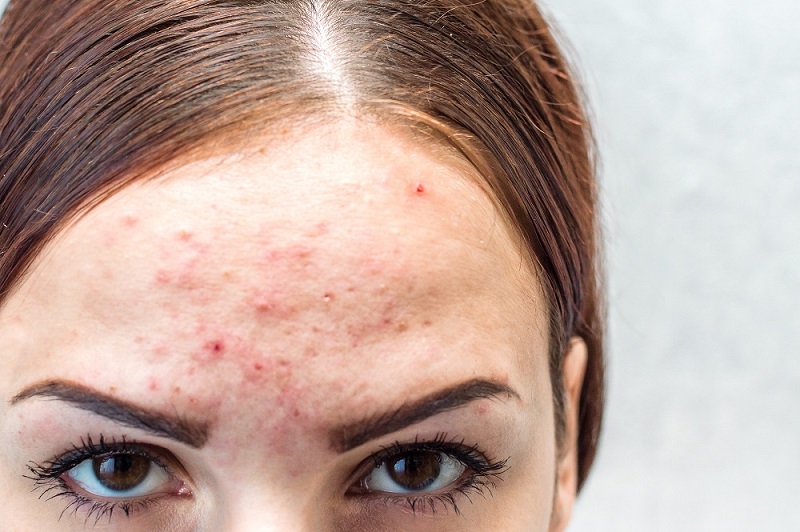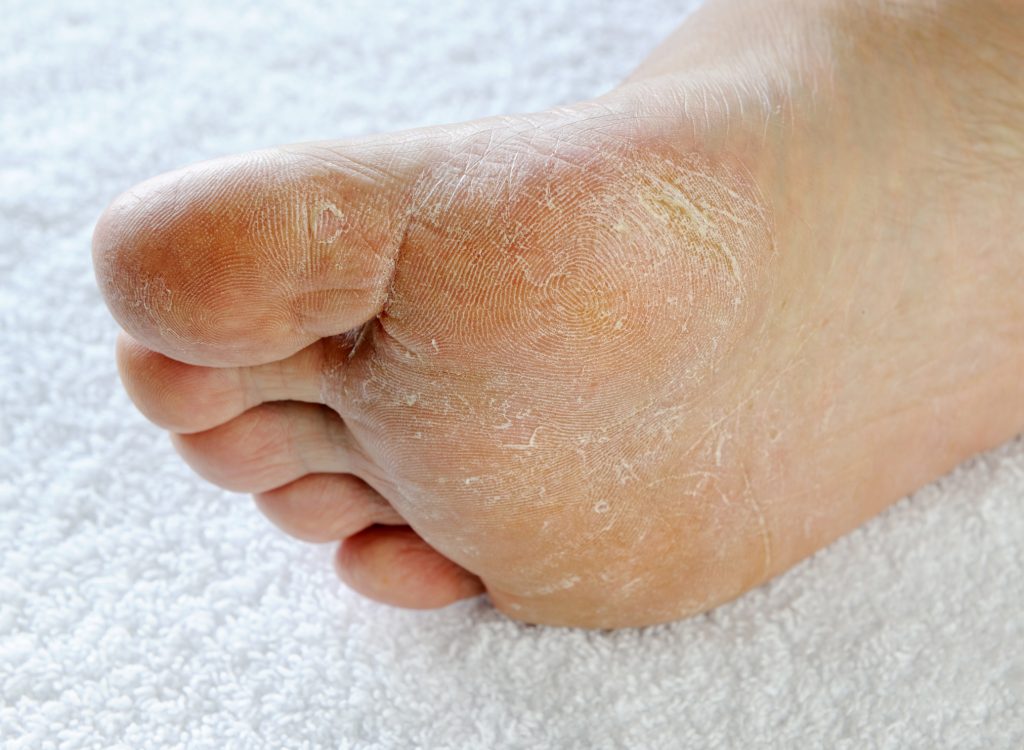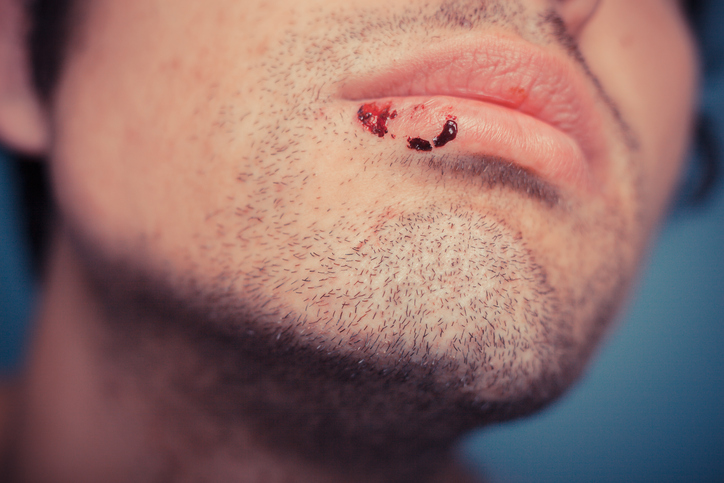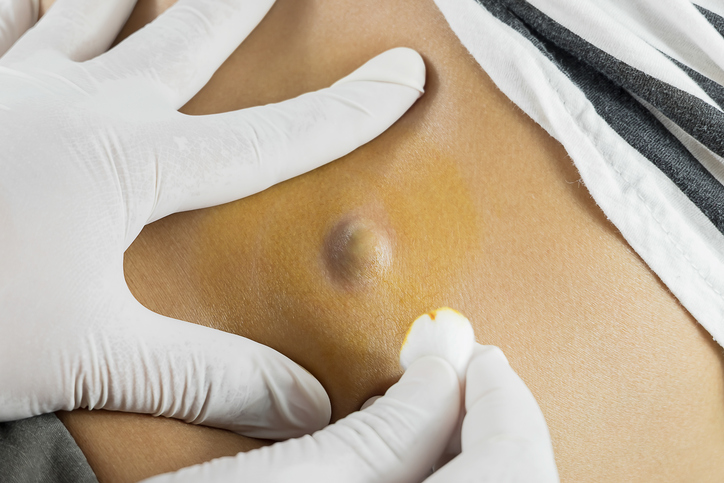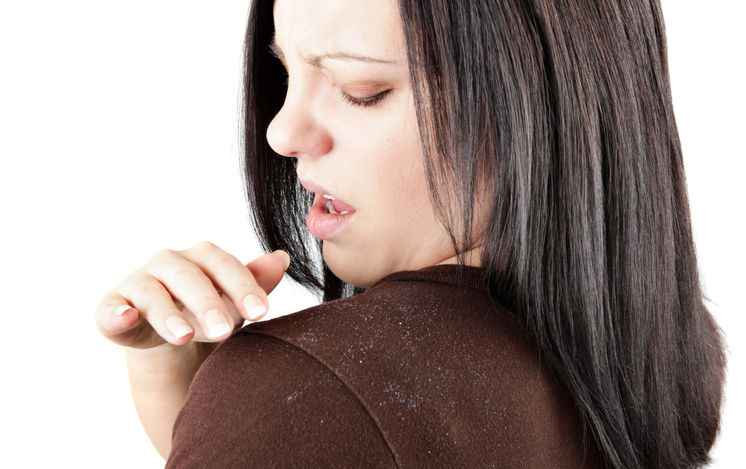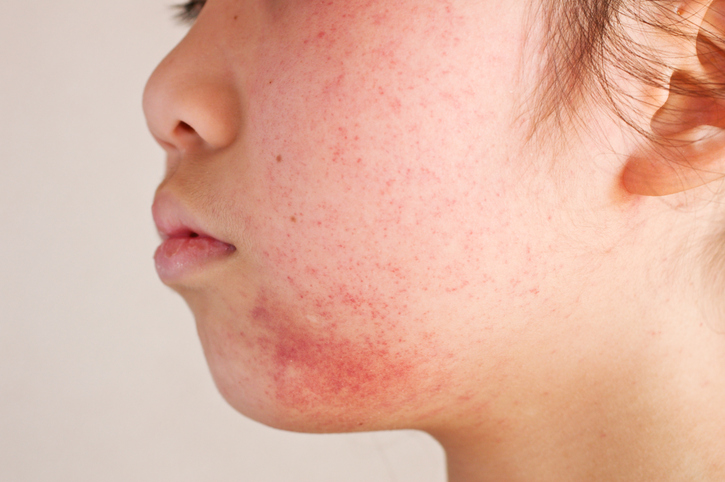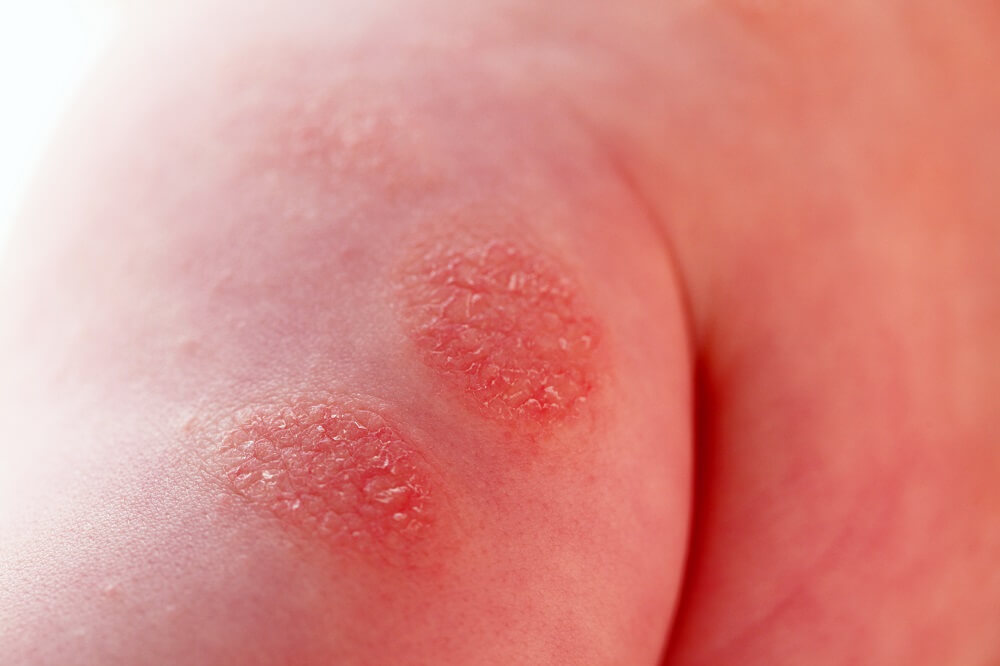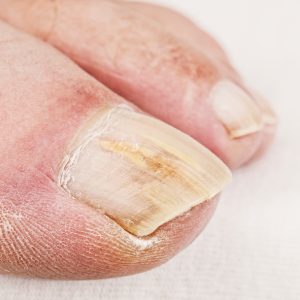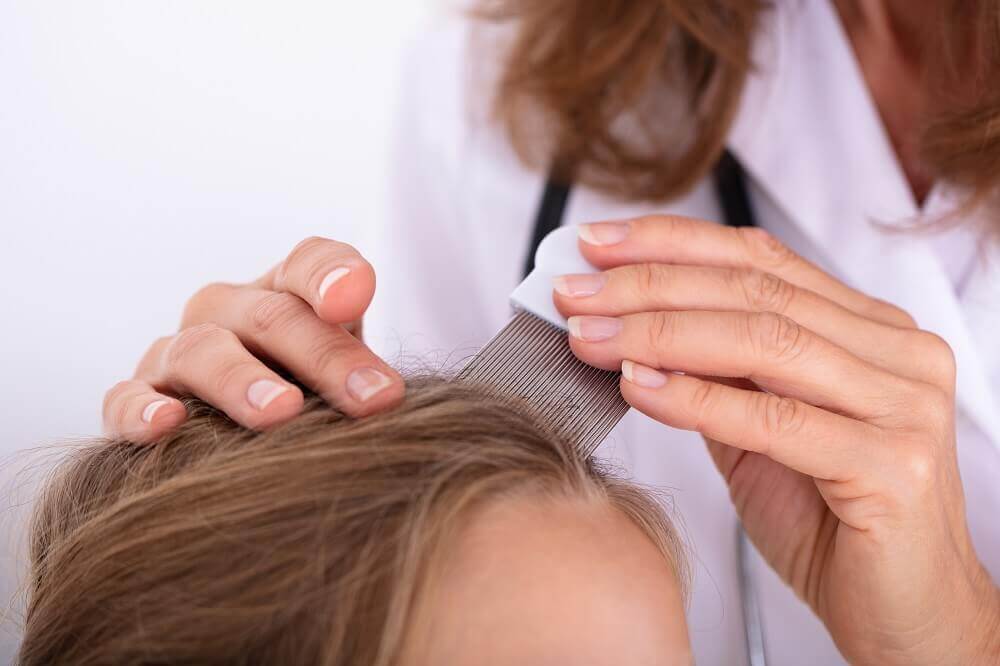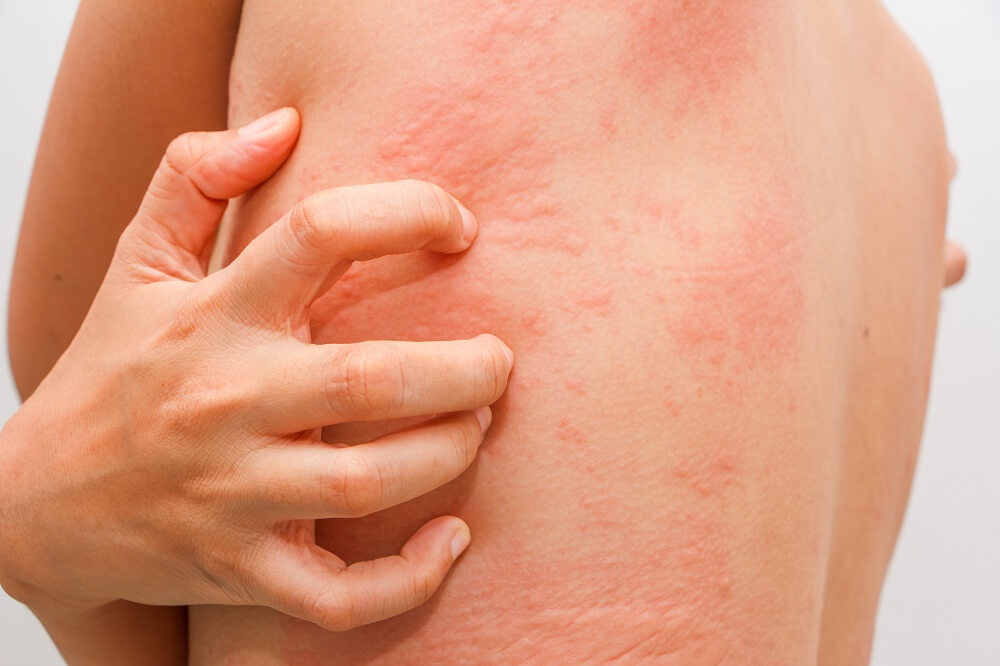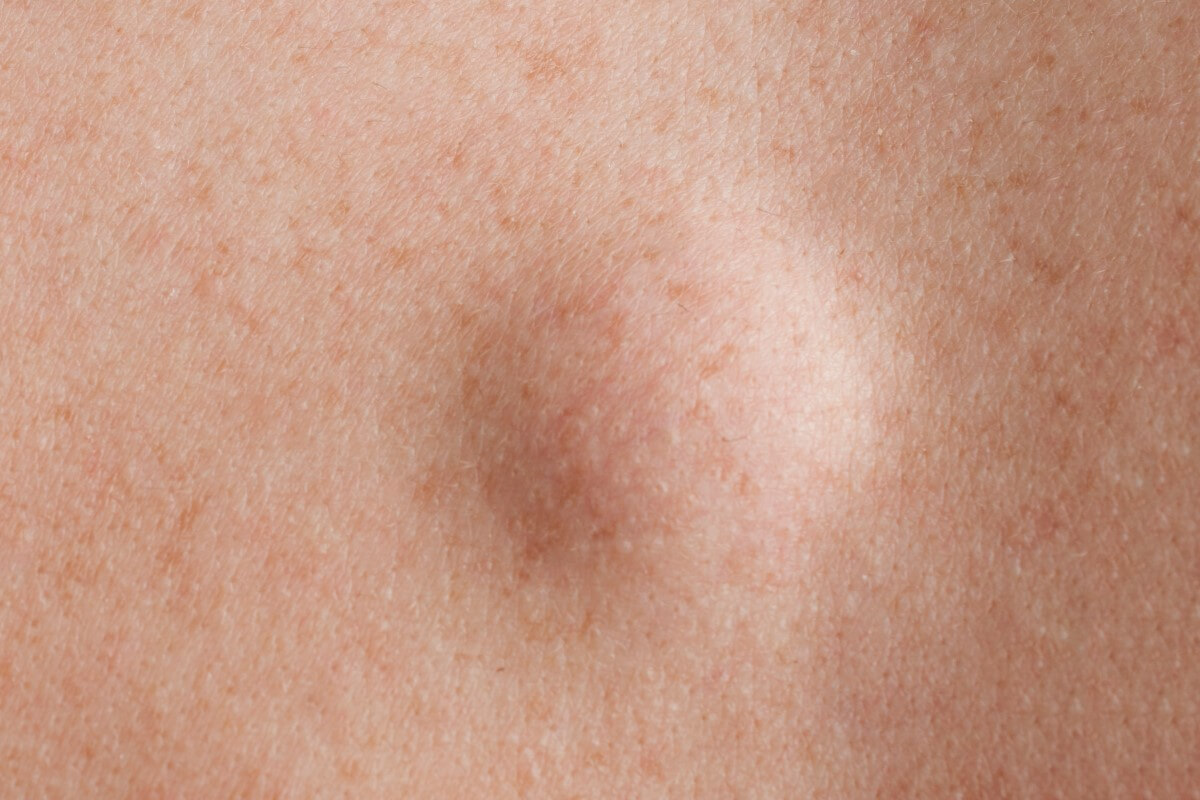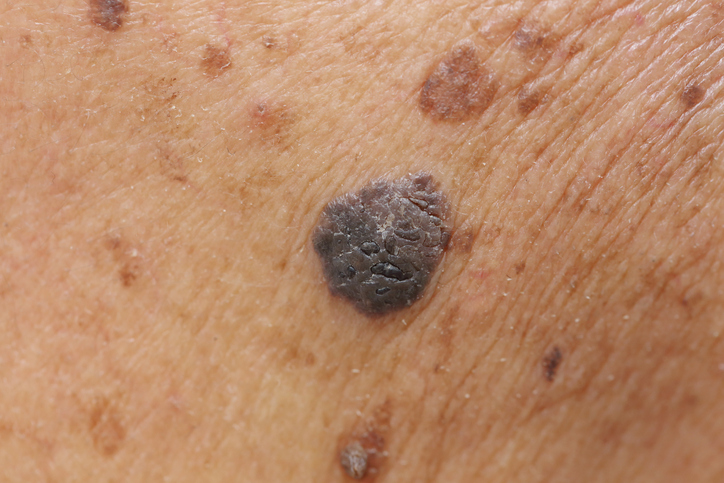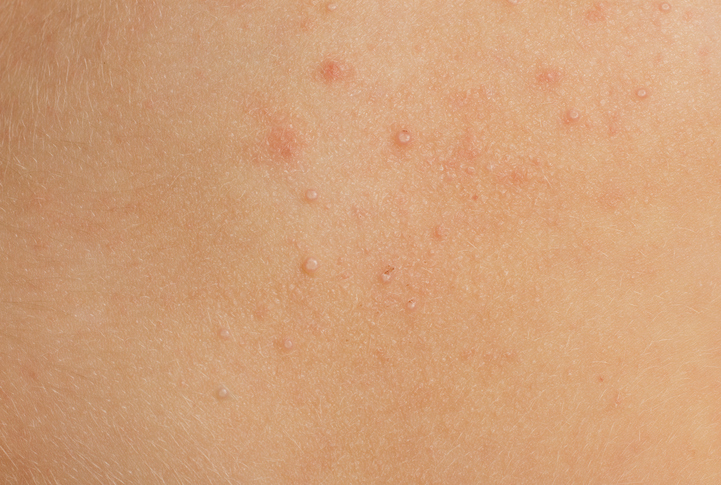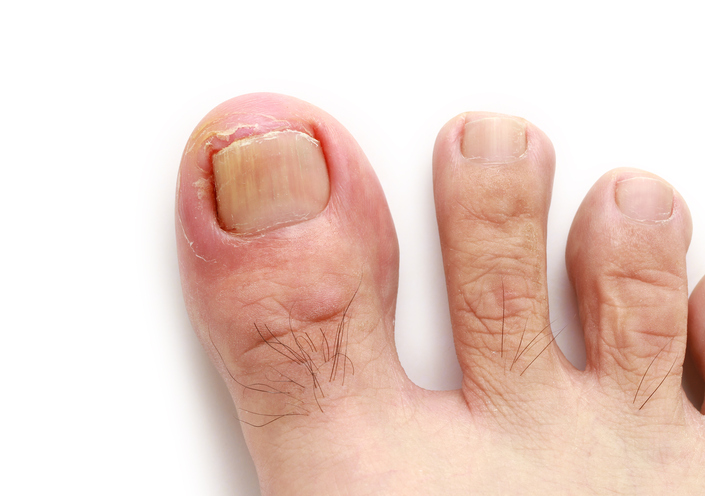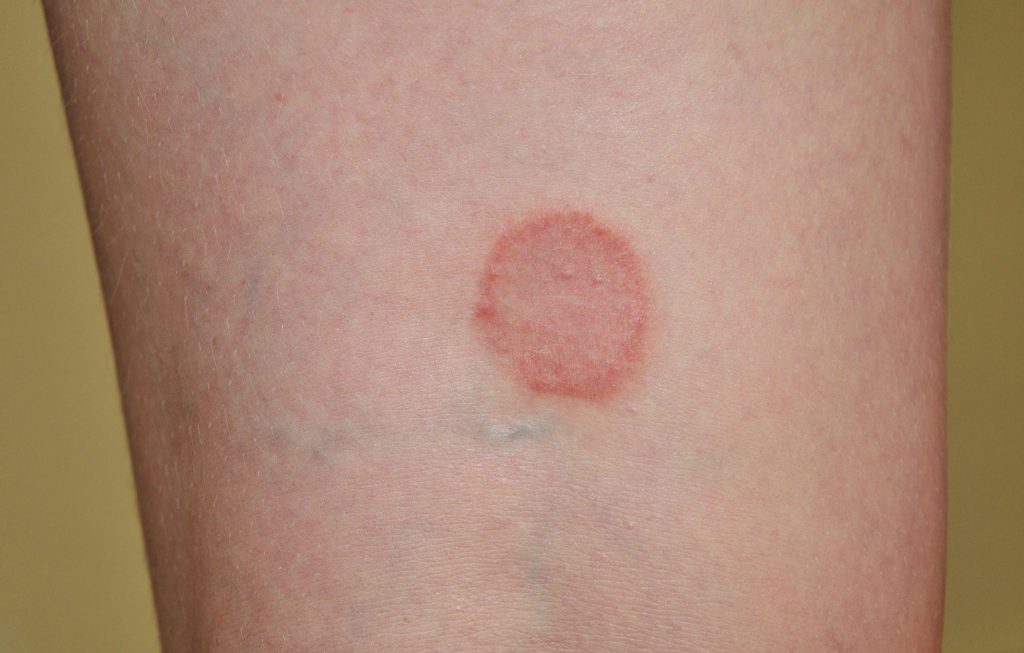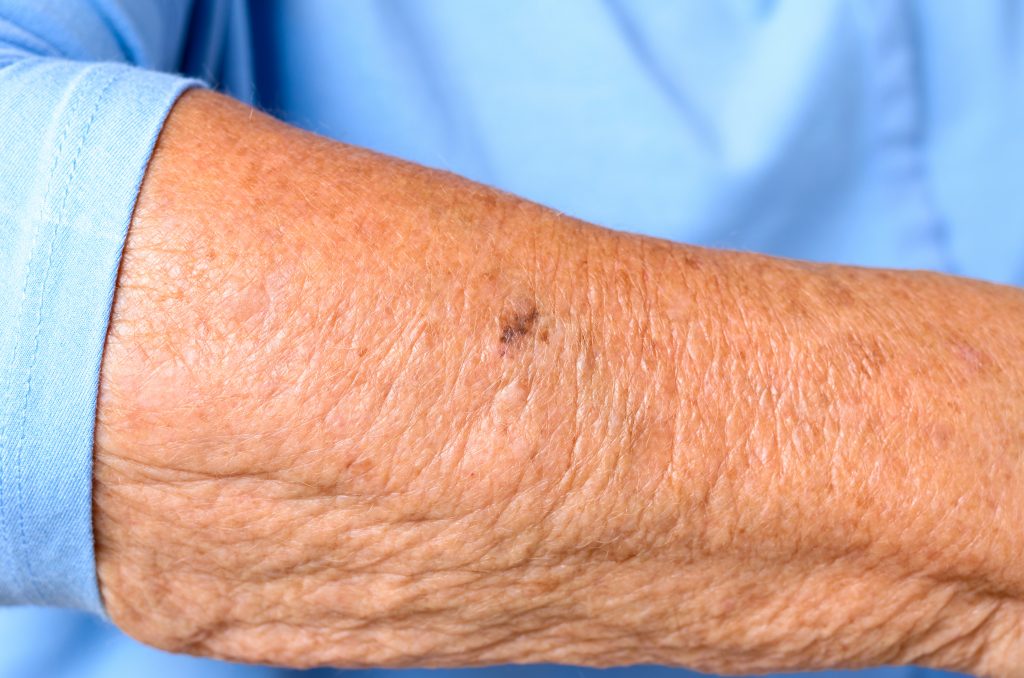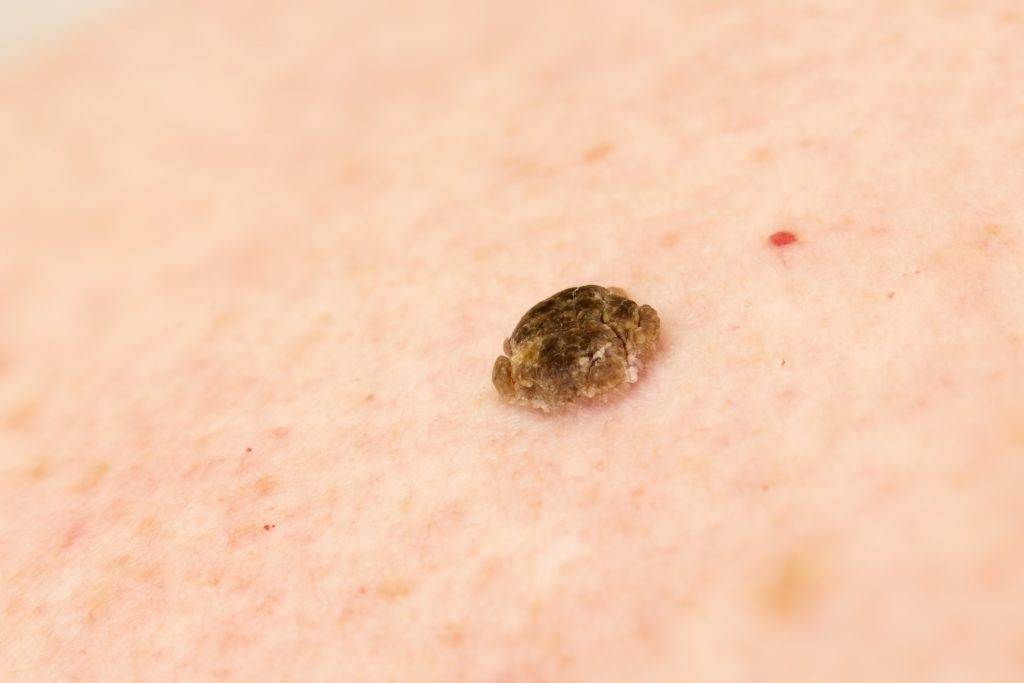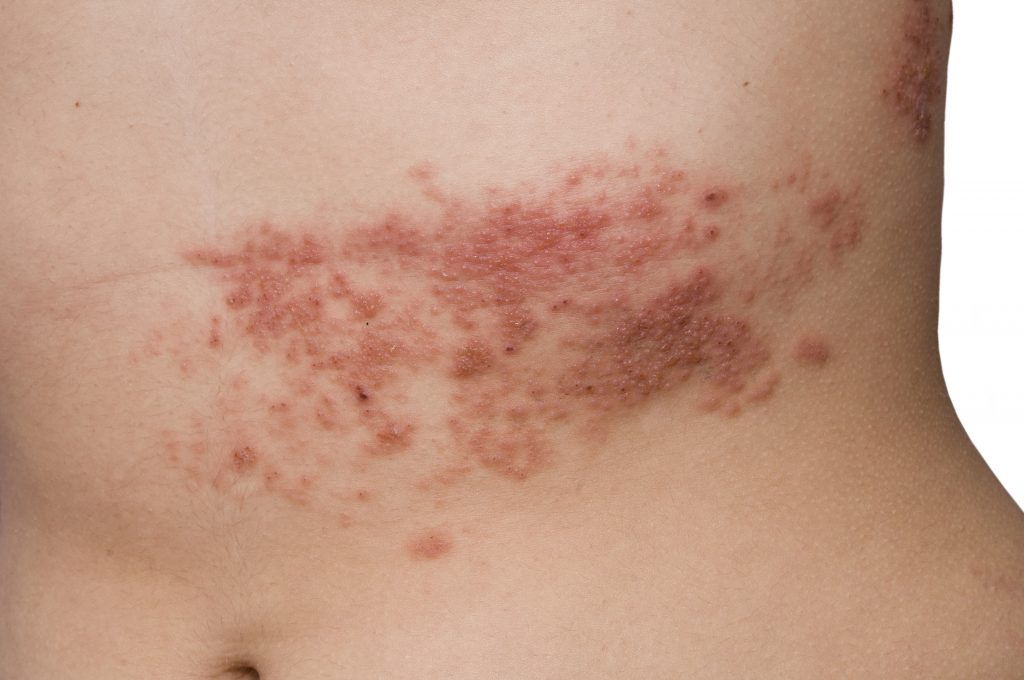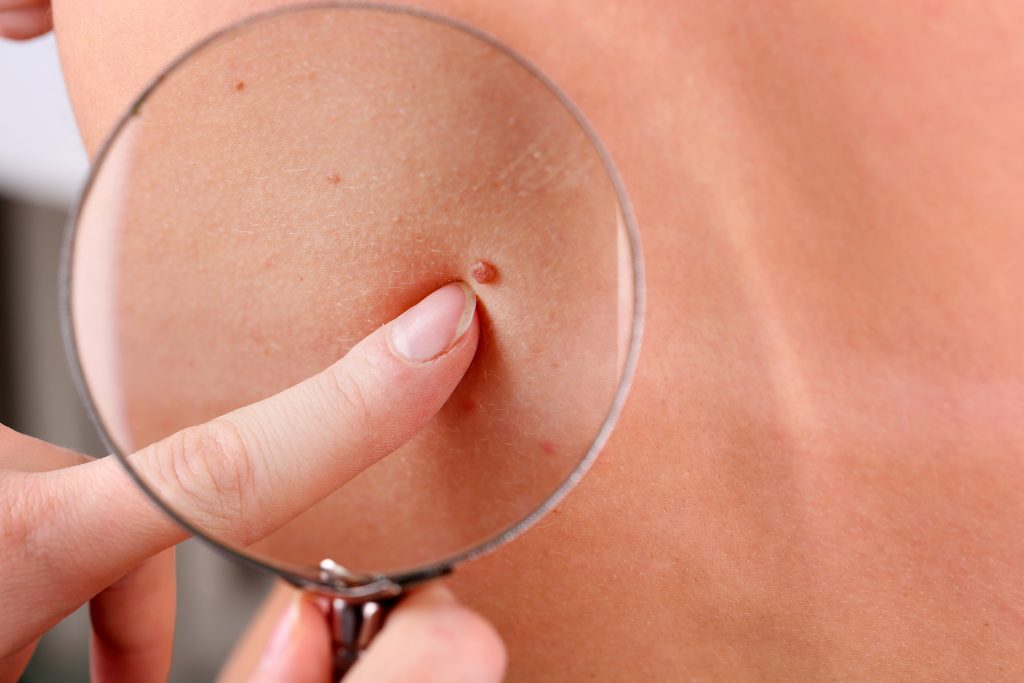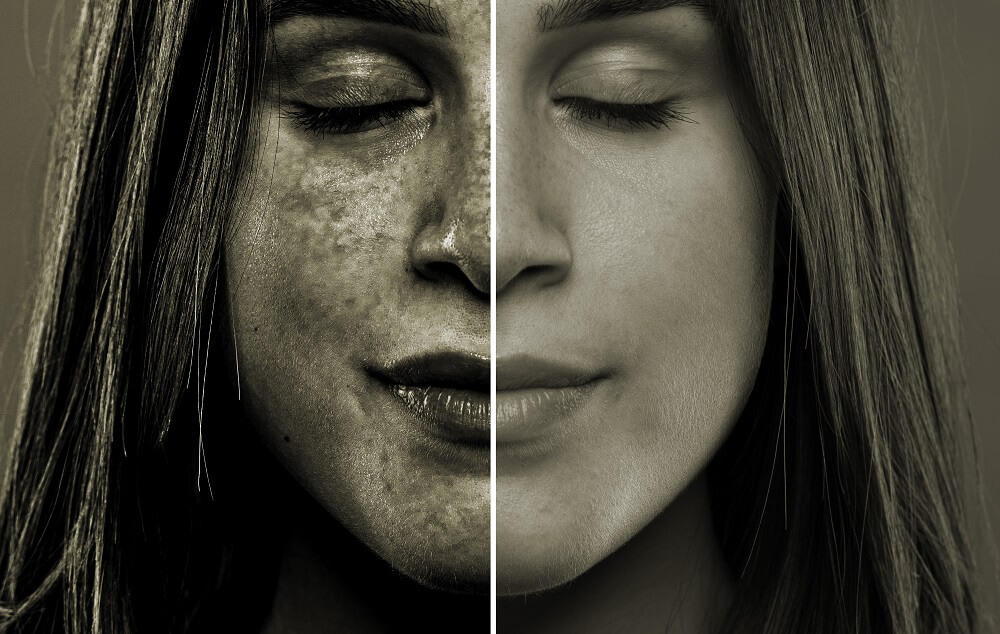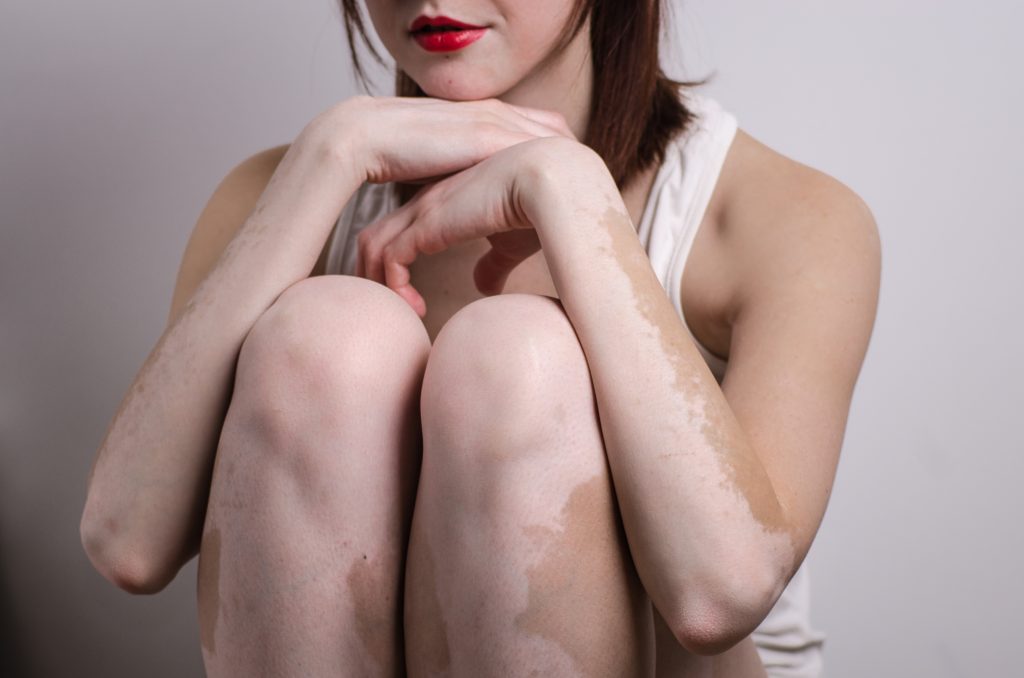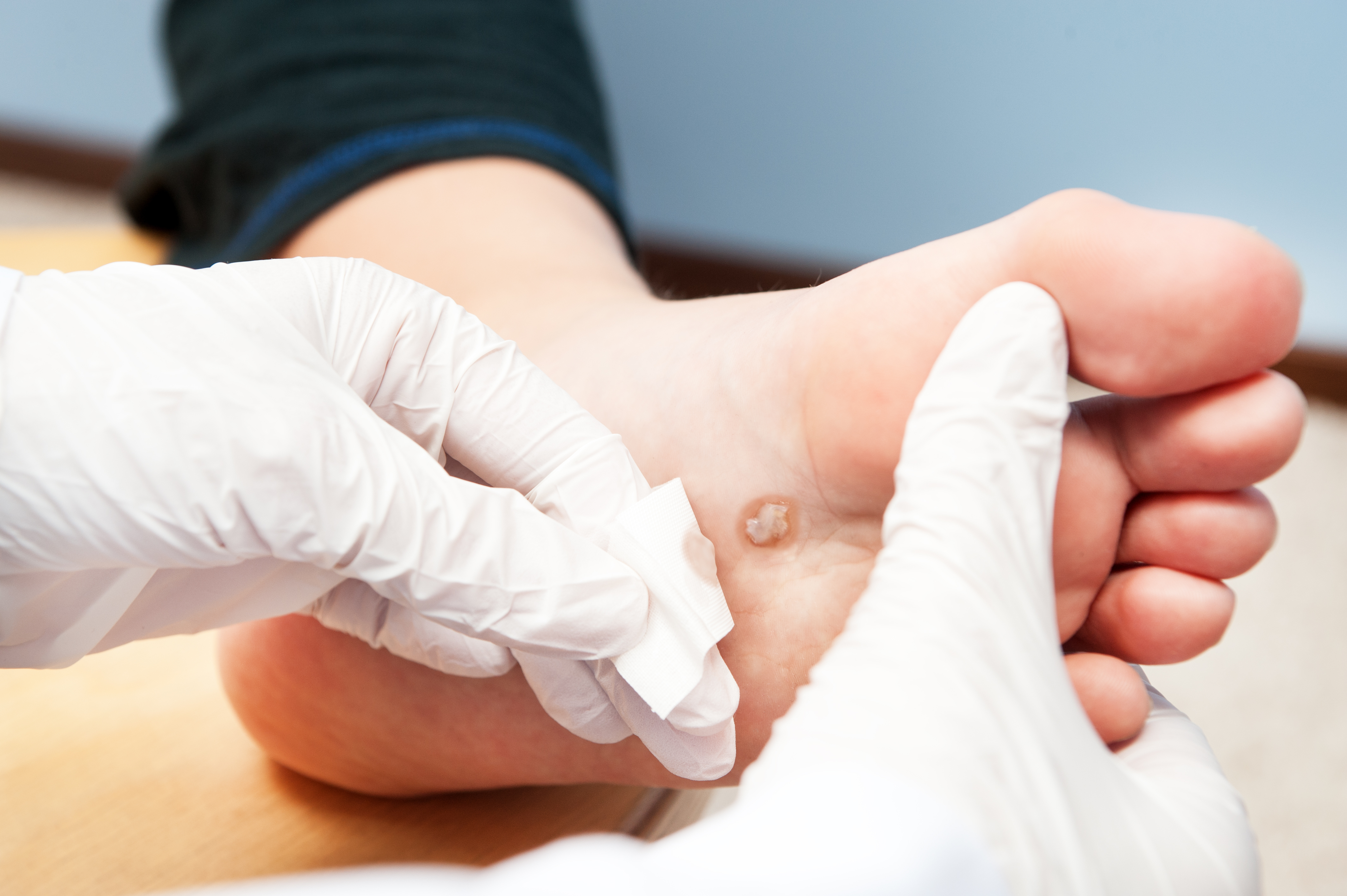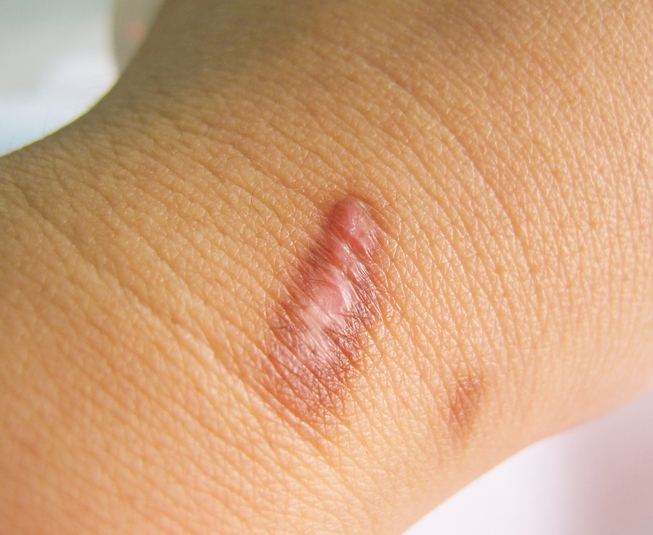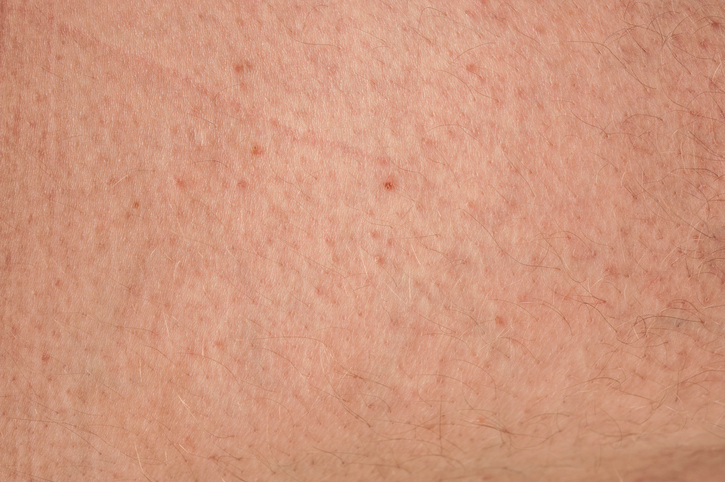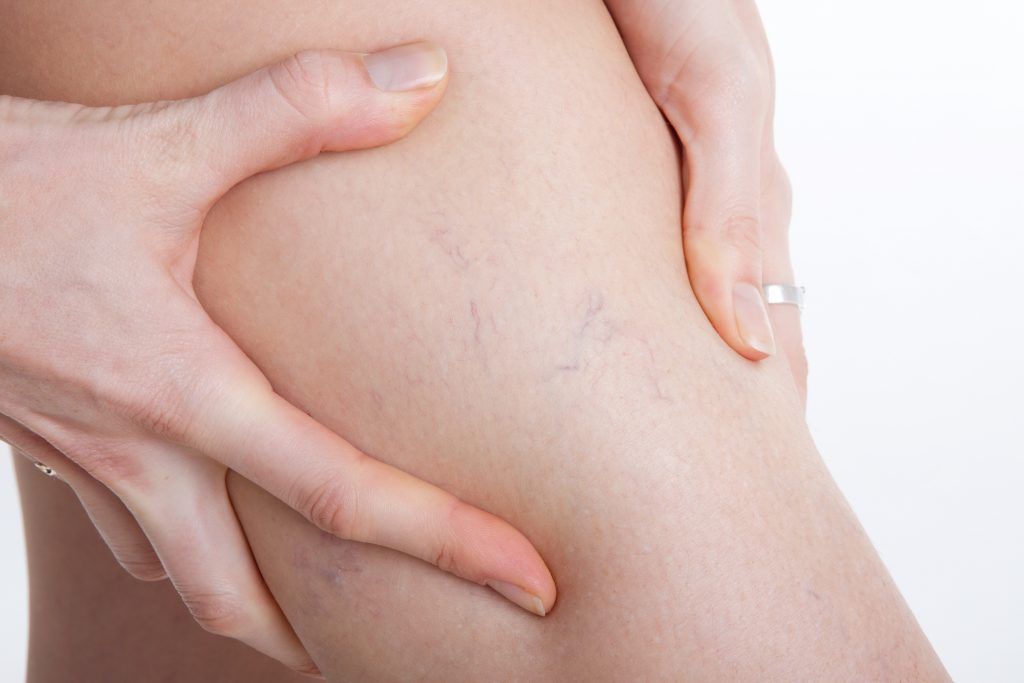Dr. Margaret Kessler is a board-certified dermatologist who enjoys taking care of a wide range of conditions in both adult and pediatric patients and strives to provide quality dermatologic care. During her training at Case Western Reserve University, she developed a strong medical and surgical dermatology knowledge base. Her goal is to foster a trusting relationship with her patients by helping them gain an understanding of their condition in a respectful and comfortable environment. Dr. Margaret Kessler is caring for patients at U.S. Dermatology Partners Phoenix on 7th Street, formerly Medical Dermatology Specialists Phoenix.
Dr. Margaret Kessler’s scope of practice includes general and surgical dermatology for both adult and pediatric patients with a special interest in the following:
- Psoriasis and psoriatic arthritis
- Immunobullous disorders
- Infectious diseases of the skin
- Cutaneous oncology
- Autoimmune disorders
- Cutaneous manifestations of systemic disease
Dr. Margaret Kessler is an associate professor in the Department of Dermatology at University of Arizona College of Medicine, Phoenix.
Hospital Privileges
- Banner – University Medical Center Phoenix in Arizona
- Joseph’s Hospital and Medical Center in Phoenix, Arizona
Leadership & Community Service
- Arizona Dermatology & Dermatologic Surgery Society, 2010-present
- American Academy of Dermatology, 2006-present
- American Medical Association, 2009-present
- American Society for Dermatologic Surgery, 2009-present
- Phoenix Dermatologic Society, September 2009-present
- Staff Dermatologist, Banner Good Samaritan 925 Free Clinic, 2009-2011
- Physician participant: Wellcare Foundation 2010-2012
- Curriculum Revision Committee, NEOUCOM, 2005
- Peer Mentor for NEOUCOM class of 2006, 2002-2005
- AIDS Volunteers of Cincinnati (AVOC), 2000-2001
- Susan G. Komen Breast Cancer Foundation, 1998-2000
- Alpha Omega Alpha, Junior Inductee, May 2004-June 2005
- Vice President May 2004-2005
- American Medical Student Association, 2001-2004
- AIDS Task Force Leader, 2001-2002
- American Medical Women’s Association 2001-2003





